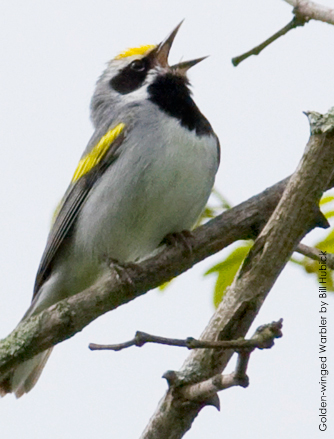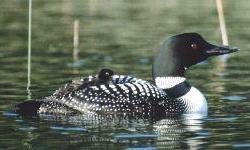Can I be Boing Boing when I grow up? Last week it ran a post by National Wildlife Federation naturalist David Mizejewski on how wildlife would save us if there were ever a zombie attack and if whatever caused zombification only affected humans.
“If there was ever a zombie uprising, wildlife would kick its ass,” Mizejewski says in the piece.
What follows is an overview of wildlife’s role in cleaning up the undead, from carrion eating birds, to carnivores that will go for anything slow-moving, to detritivores like maggots and beetles. It’s got lots of videos, so this is not lunchtime reading.
Our cultural zombie moment is peaking now, so enjoy. But when zombies finally jump the shark, remember, you heard it here first. (Well, second.)

 Antibiotic resistance isn’t just for humans and farm animals. An article in
Antibiotic resistance isn’t just for humans and farm animals. An article in 
 The
The  Two stories today focus on two different states’ efforts to get lead out of the environment.
Two stories today focus on two different states’ efforts to get lead out of the environment. Canadian researchers found that European birds flee before an approaching car at an interval that is consistent with the road’s speed limit, but not with the actual speed of the approaching car. So birds on a highway fled sooner than birds on local, residential roads. The researchers studied roads in three speed categories.
Canadian researchers found that European birds flee before an approaching car at an interval that is consistent with the road’s speed limit, but not with the actual speed of the approaching car. So birds on a highway fled sooner than birds on local, residential roads. The researchers studied roads in three speed categories. Here’s some good news for a Monday morning.
Here’s some good news for a Monday morning. Here are some papers from the most recent issue of the
Here are some papers from the most recent issue of the  From a press release issued by the Oklahoma Department of Wildlife Conservation and the Kansas Biological Survey:
From a press release issued by the Oklahoma Department of Wildlife Conservation and the Kansas Biological Survey: